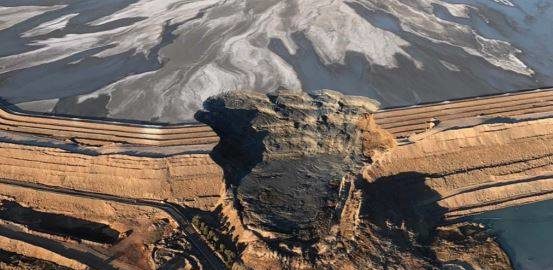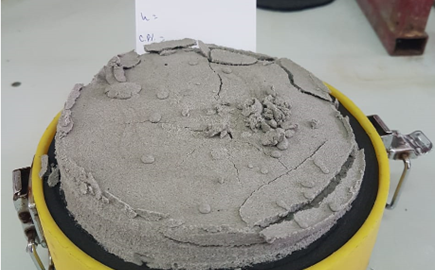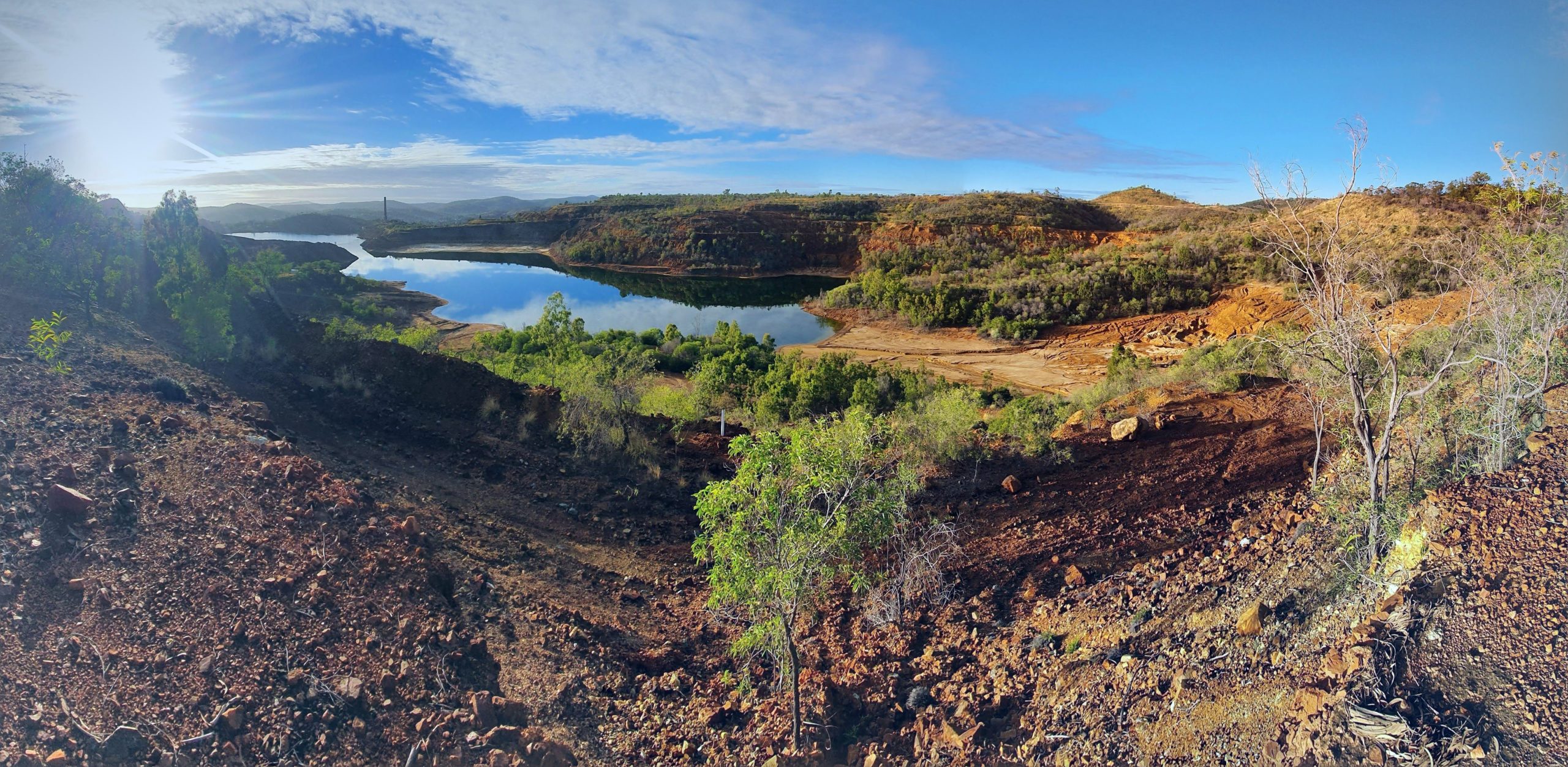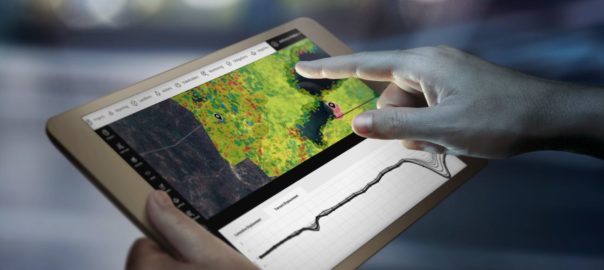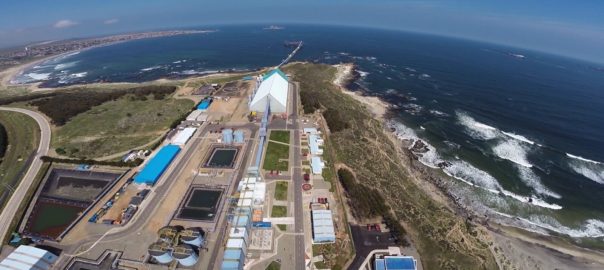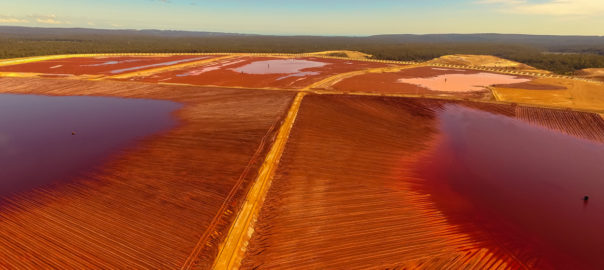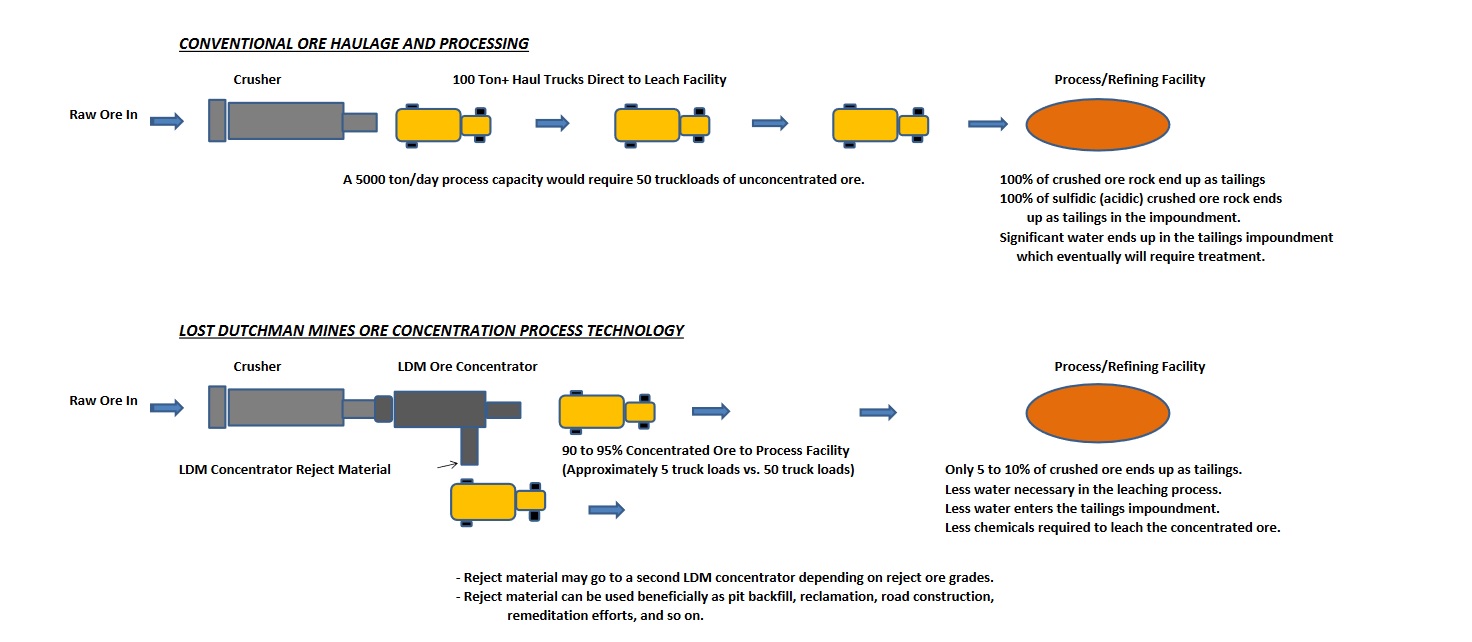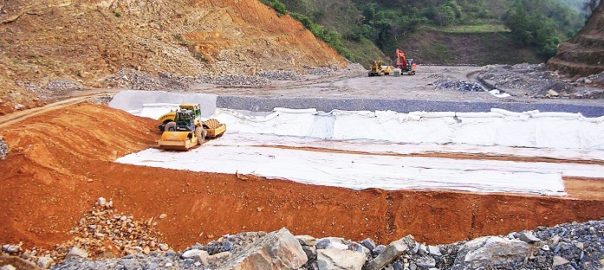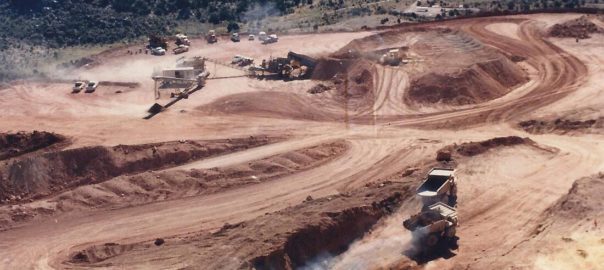Decipher, a Perth-based cloud monitoring platform for tailings storage facilities (TSFs), has been working with industry leaders in the tech space to create an integrated TSF cloud solution to help mining companies improve governance, monitoring, reporting and disclosure of tailings data.
TSFs are integral to almost any mining activity but, due to their “toxic nature” and the vast volume of waste materials, mining companies are acutely aware of the risks and challenges that they pose, Decipher says.
“Mining operators have come to realise that a leakage or rupture can have considerable consequences such as loss of life, environmental damage, impact their social licence to operate, and cause potential financial hardship,” the company says.
Prior to the catastrophic failure of the tailings dam in Brumadinho, Brazil, in 2019, which caused a tidal wave of 11.7 million cu.m of mining waste, reportedly killing 270 people, most companies had been required to disclose relatively little information on their facilities and were able to transfer part of their tailings exposure into their General Liability, Property or Environmental Liability Insurance programs, according to Decipher.
“Almost overnight, insurers soon discovered the full financial impact that a significant failure can have on their own business, resulting in a complete overhaul in underwriting guidelines,” the company said. “As a result, mining operators are now required to be more transparent in the assessment of risks and have since experienced substantial premium increases while the insured value has dropped. According to industry experts, underwriters have recently refused to cover tailings dams where the required information was not forthcoming. Additionally, insurers have indicated that compliance with standards may be a consideration in determining future insurability and premiums for tailings facilities.”
Adding to this notion, Decipher CEO, Anthony Walker, explained that insurers can now afford to be selective in where they put their capacity.
“In order for mining companies to achieve satisfactory insurance renewal outcomes they need to be able to demonstrate that their facility adheres to governance processes and certain standards, and, that they are fulfilling their obligation to do whatever is necessary to avoid an incident from occurring, work collaboratively with auditors and underwriters on third-party reports, and comply with industry public disclosure requests such as the Investor Mining and Tailings Safety Initiative,” he said.
After speaking with several Tier 1 and 2 mining companies, Decipher has created an integrated TSF cloud solution to help companies improve governance, compliance, monitoring, reporting and disclosure of tailings data, which can potentially assist with the insurance process and flow of information, the company says.
“We have designed the solution so that customers can provide independent users such as insurers, investors, auditors and ITRB with secure access to a quick and effective knowledge management tool with selective data,” Walker said. “This enables our customers to visually demonstrate their good governance, enabling their stakeholders to better understand the facility, its risks and as a result, potentially reduce insurance premiums and improve investor sentiment.”
The solution draws on Decipher’s powerful monitoring capabilities, which has been built with Google Earth Engine at its core, and brings a variety of tailings data such as IoT devices, LiDAR, radar, CCTV, drones, inspections and remote sensing into one central location, offering customers an earth observation and visual approach to their TSF monitoring, it says.
In addition to this, Decipher has advanced tools such as InSAR Displacement, which integrates with industry leading providers so that users can more effectively monitor, measure and detect deformation of land surfaces over time and be automatically alerted to customer defined exceedances, driving greater safety precautions and reducing risk.







